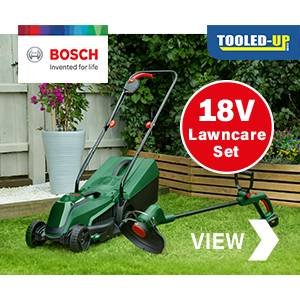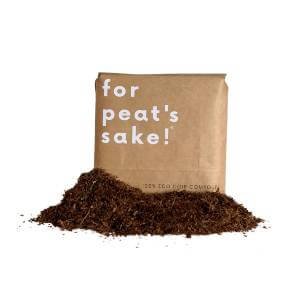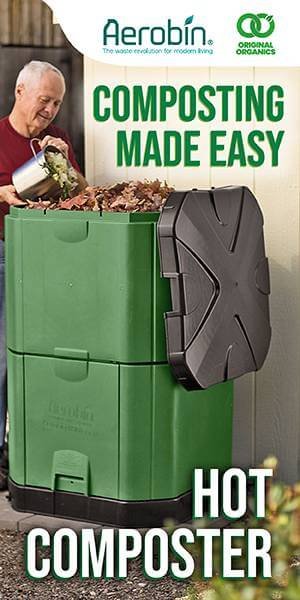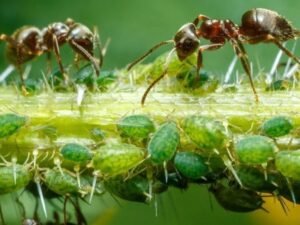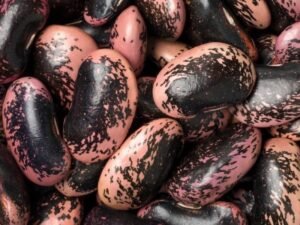Buckeye Rot is a common fungal disease that affects tomato plants, causing significant damage to crops. Understanding the causes, symptoms, prevention, and treatment of this disease is crucial for tomato growers. In this article, we will explore the essentials of Buckeye Rot and provide practical tips for managing its impact on tomato plants.
Causes and Symptoms of Buckeye Rot
Buckeye Rot is caused by three species of Phytophthora – Phytophthora nicotianae, Phytophthora palmivora, and Phytophthora capsici. These pathogens thrive in warm, wet conditions, which promote the development of the disease.
Symptoms of Buckeye Rot manifest as brown spots with concentric rings near the blossom end or soil contact of the tomato fruit. As the disease progresses, these spots enlarge and become sunken. Infected fruits eventually rot, making them unsuitable for consumption.
Prevention and Management of Buckeye Rot
Preventing Buckeye Rot starts with creating the right conditions for tomato plants to thrive. Proper soil drainage is essential, especially in heavy clay soils. Amending the soil with organic matter improves drainage and reduces the risk of disease development.
Additionally, reducing soil compaction and using raised beds can help minimise soil-borne infections. Staking and trellising tomato plants, along with applying mulch, can also minimise tomato-to-soil contact, decreasing the chances of infection.
Crop rotation is another effective strategy for managing Buckeye Rot. Growing tomatoes in the same area year after year increases the risk of disease recurrence. Rotating tomato plants with other crops, such as legumes or grains, helps disrupt the disease cycle and reduce the population of pathogens in the soil.
Fungicides can be used as part of a spray program for managing Buckeye Rot. Products containing chlorothalonil, maneb, mancozeb, or metalaxyl have shown efficacy in controlling the disease. However, it is important to follow the manufacturer’s label directions and restrictions when using fungicides.
Treatment of Buckeye Rot
While it is challenging to treat Buckeye Rot once symptoms have appeared, there are strategies to minimise its impact. Promptly remove and destroy infected fruits and plants to prevent the spread of the disease. Sanitising tools and avoiding overwatering can also help control the disease.
Conclusion
Buckeye Rot is a significant threat to tomato crops, but with proper prevention and management strategies, its impact can be minimised. Ensuring proper soil drainage, reducing tomato-to-soil contact, practicing crop rotation, and using appropriate fungicides are essential steps in combating this disease. By implementing these measures and staying vigilant, tomato growers can protect their crops and enjoy healthy, disease-free tomatoes.
Remember, prevention is key when it comes to managing Buckeye Rot, so take proactive measures to protect your tomato plants and ensure a bountiful harvest.
Buckeye Rot Frequently Asked Questions (FAQs)
Here are some frequently asked questions about Buckeye Rot in tomato plants:
Q. What is Buckeye Rot, and how does it affect tomato plants?
A. Buckeye Rot is a fungal disease that affects tomato plants, causing brown spots with concentric rings near the blossom end or soil contact on the fruit. These spots enlarge and become sunken, leading to the rotting of infected fruits.
Q. What causes Buckeye Rot in tomato plants?
A. Buckeye Rot is caused by three species of Phytophthora – Phytophthora nicotianae, Phytophthora palmivora, and Phytophthora capsici. These pathogens thrive in warm, wet conditions and can infect tomato plants through the soil.
Q. How can I prevent Buckeye Rot in my tomato plants?
A. Ensuring proper soil drainage by amending clay soils with organic matter is vital for preventing Buckeye Rot. Avoiding soil compaction, using raised beds, and minimizing tomato-to-soil contact through staking, trellising, and mulching are also effective prevention measures. Crop rotation and the use of fungicides as part of a spray program can further reduce the risk of disease development.
Q. What are the symptoms of Buckeye Rot in tomato plants?
A. The key symptom of Buckeye Rot is the presence of brown spots with concentric rings near the blossom end or soil contact on the tomato fruit. As the disease progresses, these spots enlarge and become sunken.
Q. Can Buckeye Rot be treated once symptoms appear?
A. While it is challenging to treat Buckeye Rot once symptoms have appeared, there are strategies to minimize its impact. Prompt removal and destruction of infected fruits and plants can help prevent the spread of the disease. Sanitizing tools and avoiding overwatering can also aid in controlling the disease.
Q. Are there fungicides that can be used to manage Buckeye Rot?
A. Yes, fungicides containing chlorothalonil, maneb, mancozeb, or metalaxyl have shown efficacy in controlling Buckeye Rot. It is important to read and follow the manufacturer’s label directions and restrictions when using fungicides.
Q. How important is crop rotation in managing Buckeye Rot?
A. Crop rotation is an important management strategy for Buckeye Rot. Planting tomatoes in the same area year after year increases the risk of disease recurrence. Rotating tomato plants with other crops, such as legumes or grains, helps break the disease cycle and reduce the population of pathogens in the soil.












